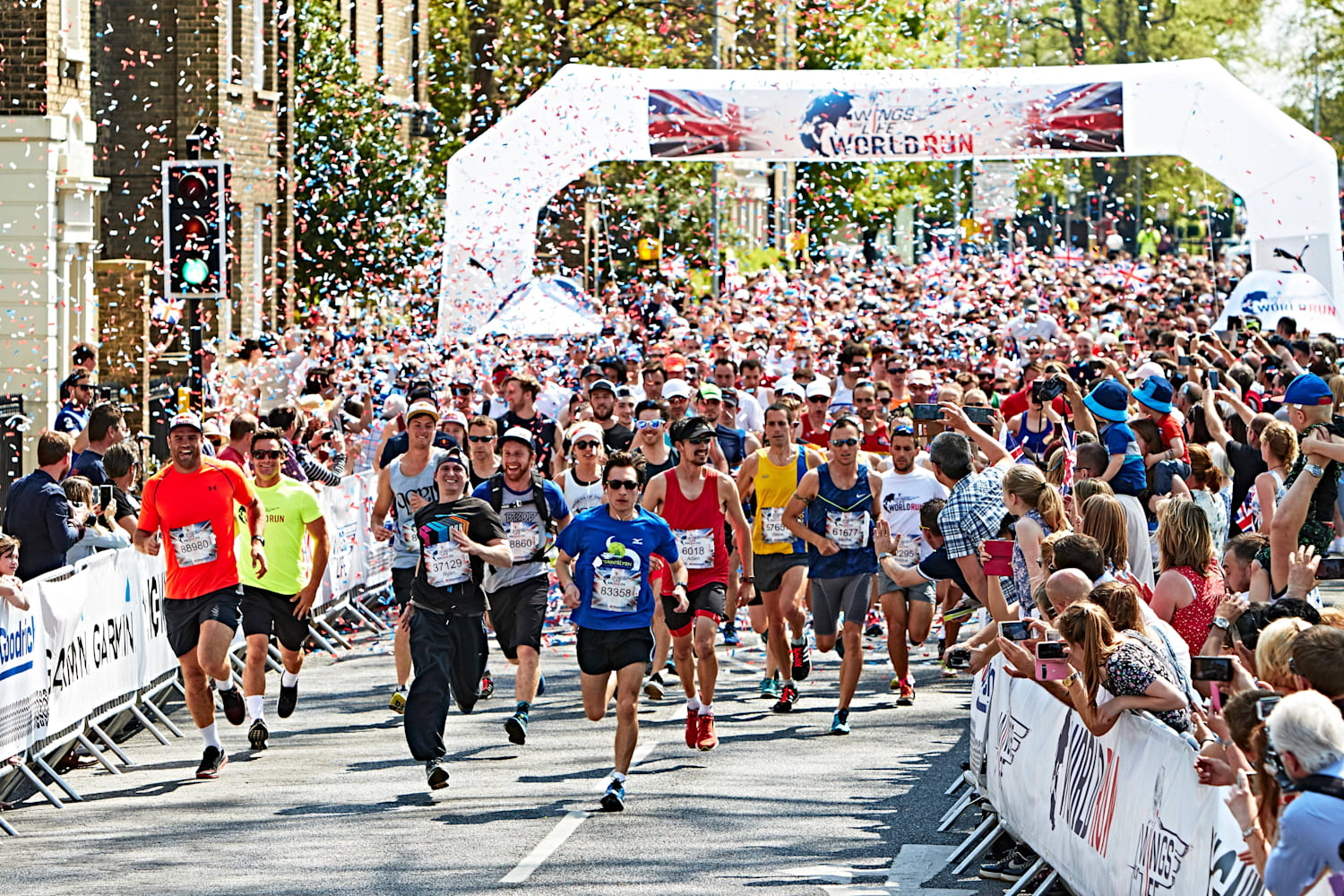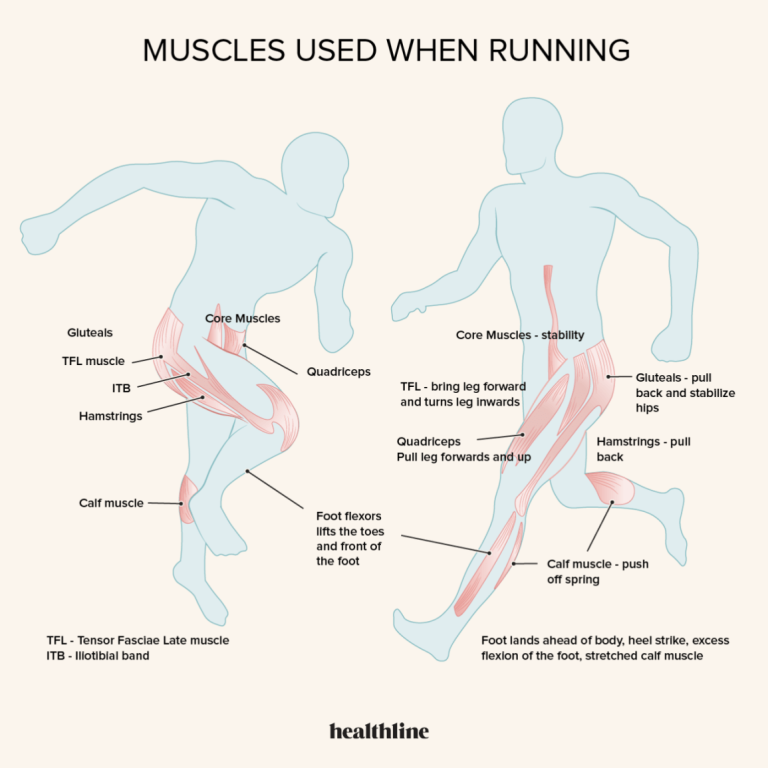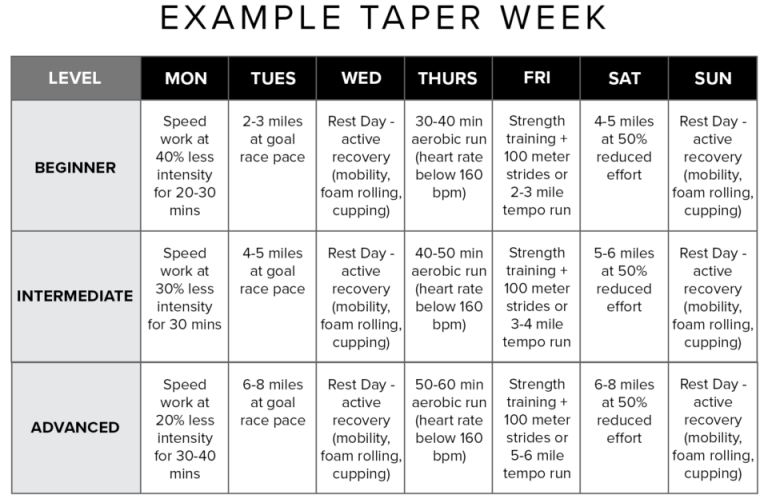How to Improve Marathon Run Time
To improve marathon run time, focus on consistent training, including speed work, long runs, and strength training. Proper nutrition and adequate rest are also essential for optimal performance.
If you’re looking to enhance your marathon run time, incorporating specific training strategies, along with a focus on nutrition and recovery, can help you achieve your goals. Increasing your running efficiency while building endurance and strength are crucial for improving your overall marathon performance.
By implementing these strategies into your training regimen, you can enhance your speed, endurance, and recovery, ultimately leading to improved marathon run time. We’ll explore various effective methods to help you achieve your desired performance goals and enhance your marathon running experience.

Credit: www.trainingpeaks.com
Setting Realistic Goals
Setting Realistic Goals is an essential part of improving your marathon run time. By establishing baseline time, you can gauge your current performance and set incremental targets that push you to improve. Let’s dive into each of these steps to help you achieve your desired running goals.
Establishing Baseline Time
Before you embark on any journey to improve your marathon run time, it is crucial to know where you currently stand. Establishing your baseline time involves completing a pre-marathon run to get an accurate measure of your current performance.
To do this, choose a route that reflects the conditions you will face during the marathon – similar terrain, elevation, and distance. Make sure to wear the same type of shoes and running gear you plan to use during the race.
Starting at a comfortable pace, monitor your time and distance covered. Once you reach the marathon distance, record your finishing time. This will serve as your baseline time.
Setting Incremental Targets
Now that you have your baseline time, it’s time to set targets that will progressively improve your marathon run time. It is important to start with small, achievable goals that you can work towards.
Consider setting targets that focus on improving your speed, endurance or a combination of both. For instance, you can aim to reduce your pace by a certain amount per mile or increase your overall distance by a specific percentage each week.
Remember that these incremental targets should be challenging but attainable. As you steadily improve and surpass each milestone, you can set new, more ambitious goals. This approach will keep you motivated and prevent burnout.
One effective technique to track your progress is by using a running journal or an app that records your runs. This allows you to see how far you’ve come and stay accountable to your goals.
By setting incremental targets and consistently pushing yourself to achieve them, you’ll steadily improve your marathon run time. Remember, progress takes time, effort, and commitment, so be patient with yourself and celebrate the milestones along the way!
Effective Training Strategies
Improving marathon run time requires effective training strategies that focus on building endurance and increasing speed. Incorporating interval training and long runs can help runners enhance their overall performance.
Incorporating Interval Training
Interval training involves alternating between high-intensity bursts of speed and periods of recovery. This form of training helps to improve cardiovascular fitness and anaerobic capacity. By incorporating intervals into the training regimen, runners can enhance their speed, endurance, and overall performance.
Building Endurance With Long Runs
Long runs are essential for building the endurance needed to complete a marathon. They help the body adapt to the physical demands of prolonged running and improve aerobic capacity. The key is to gradually increase the distance of long runs to push the body’s limits while avoiding injury. These runs also provide mental preparation for the challenges of the marathon distance.
Optimizing Nutrition
A key element in improving marathon run time is optimizing your nutrition. Proper fueling and hydration are essential to sustaining energy levels and enhancing endurance. Here are the crucial factors to consider when it comes to nutrition for marathon runners:
Fueling Before, During, And After Runs
Proper fueling before, during, and after runs plays a vital role in optimizing performance and recovery. Here’s a breakdown of each:
Hydration Importance
Hydration is paramount for marathon runners to maintain peak performance, avoid cramping, and support effective recovery. Here’s a closer look at the significance of hydration:

Credit: www.redbull.com
Rest And Recovery
Rest and recovery are essential components of every marathon training plan. While it may seem counterintuitive, taking adequate rest days and incorporating stretching and active recovery into your routine can actually help improve your marathon run time. In this article, we will explore the importance of rest days and the benefits of incorporating stretching and active recovery into your training regimen.
Importance Of Rest Days
Rest days are crucial for allowing your body and muscles to recover and rebuild after intense training sessions. These days provide an opportunity for your body to repair any muscle damage, reduce inflammation, and replenish energy stores, ultimately improving performance.
During rest days, it’s important to engage in activities that promote relaxation and minimize stress on the body. This can include activities like gentle yoga, meditation, or simply taking a walk in nature. By taking the time to rest, you’ll give your body the chance to adapt to the demands of your training program, helping to prevent injuries and improve overall endurance.
Incorporating Stretching And Active Recovery
In addition to rest days, incorporating stretching and active recovery exercises into your marathon training routine can provide numerous benefits. Stretching helps improve flexibility, increases range of motion, and reduces muscle tightness, allowing for more efficient and effective movement during your runs.
Active recovery refers to engaging in low-intensity exercises designed to stimulate blood flow, reduce muscle soreness, and aid in the recovery process. Examples of active recovery activities include swimming, cycling, and light jogging. These activities can help flush out metabolic waste products, increase nutrient and oxygen delivery to muscles, and promote faster recovery.
By integrating stretching and active recovery exercises into your routine, you’ll not only improve your overall flexibility and recovery time, but also enhance your running performance. Aim to incorporate stretching sessions and active recovery workouts into your training plan at least two to three times per week, especially on your rest days.
In conclusion, rest and recovery are indispensable components when it comes to improving your marathon run time. By taking adequate rest days and incorporating stretching and active recovery exercises into your training regimen, you’ll optimize your body’s ability to adapt and perform at its best. Remember, a well-rested and recovered body is a powerful one.
Mental Preparation
Get an edge in Marathon training by focusing on mental preparation. Enhance your run time by visualizing success, practicing positive self-talk, and staying mentally tough during the race. Strengthening your mental game is key to achieving peak performance.
Visualizing Success
Visualizing success is a powerful tool in improving marathon run time.
Picture yourself crossing the finish line and achieving your goal to boost motivation.
Create a mental image of yourself running strong and feeling confident throughout the race.
Imagining positive outcomes can help reduce anxiety and enhance performance.
Developing A Strong Mindset
Building a strong mindset is essential for marathon success.
Practice positive self-talk to stay motivated and focused during training and on race day.
Set realistic goals and believe in your ability to achieve them.
Stay resilient in the face of challenges and setbacks to maintain mental strength.

Credit: stories.strava.com
Frequently Asked Questions For How To Improve Marathon Run Time
How Can I Speed Up My Marathon Time?
To speed up your marathon time, focus on these key areas: 1. Train consistently, gradually increasing mileage and intensity. 2. Incorporate speed intervals and hill training to improve your overall stamina and speed. 3. Strengthen your core and leg muscles with targeted exercises.
4. Optimize your nutrition and hydration to fuel your performance. 5. Get enough rest and recovery to avoid overtraining and injuries.
How Do I Shave An Hour Off My Marathon Time?
To shave an hour off your marathon time, focus on consistent training, proper nutrition, and rest. Incorporate speed work and interval training to improve your pace. Work with a coach for personalized guidance and feedback. Adjust your race strategy and mentally prepare for the challenge.
How Can I Reduce My Mile Time For A Marathon?
To reduce your mile time for a marathon, focus on interval training, strength training, and proper nutrition. Incorporate speed workouts to improve your pace and endurance. Increase your mileage gradually and get enough rest to prevent injuries. Stay consistent and track your progress to see improvements.
Conclusion
Improving your marathon run time is no easy feat, but with the right training and mindset, it can be achieved. By focusing on proper nutrition, strength and endurance training, pacing strategies, and mental preparation, you can enhance your performance and reach your marathon goals.
Remember to listen to your body, stay consistent in your training, and make gradual progress. With determination and perseverance, you’ll see continuous improvements in your marathon run time. Keep pushing yourself and never give up on your goals.







